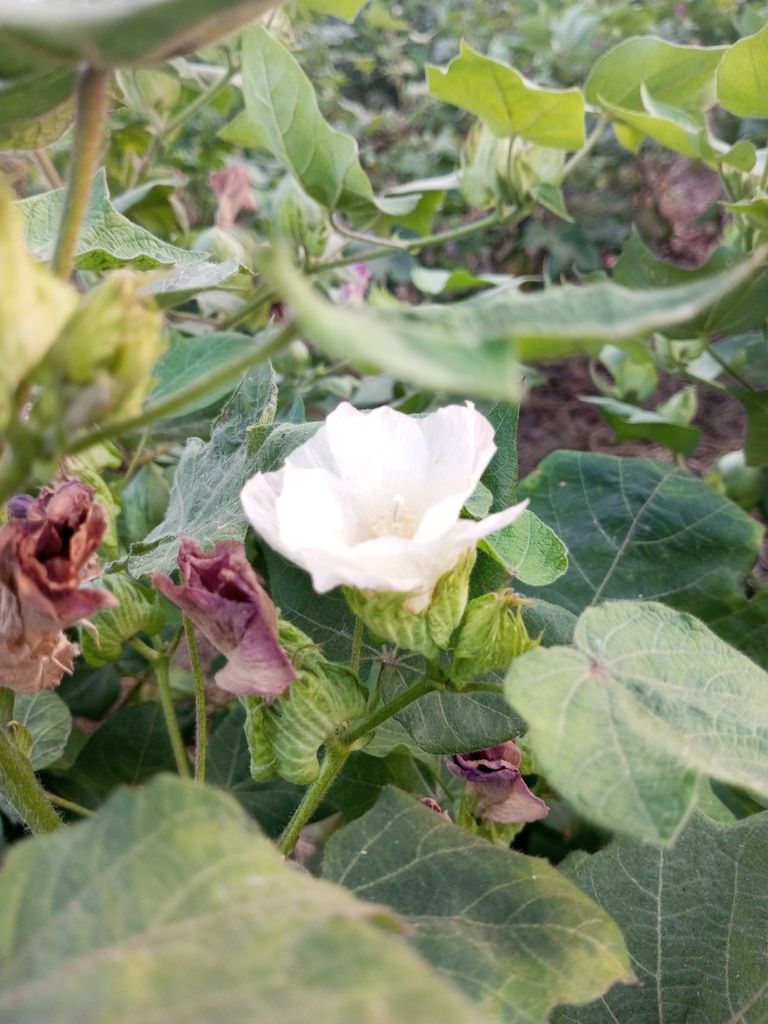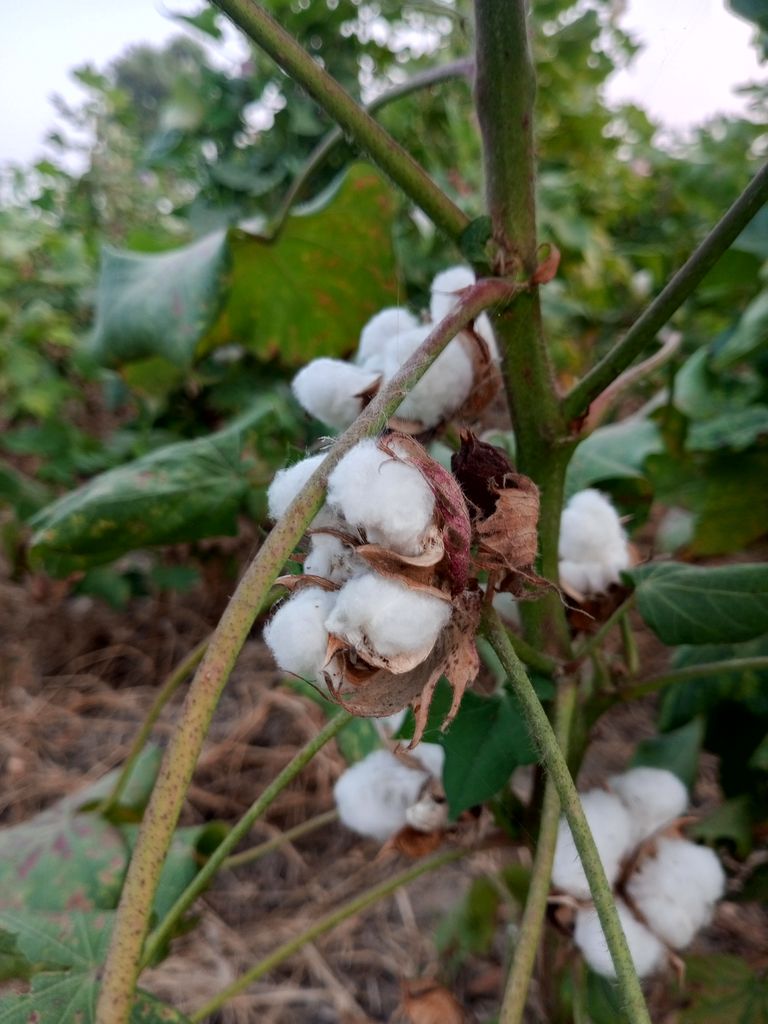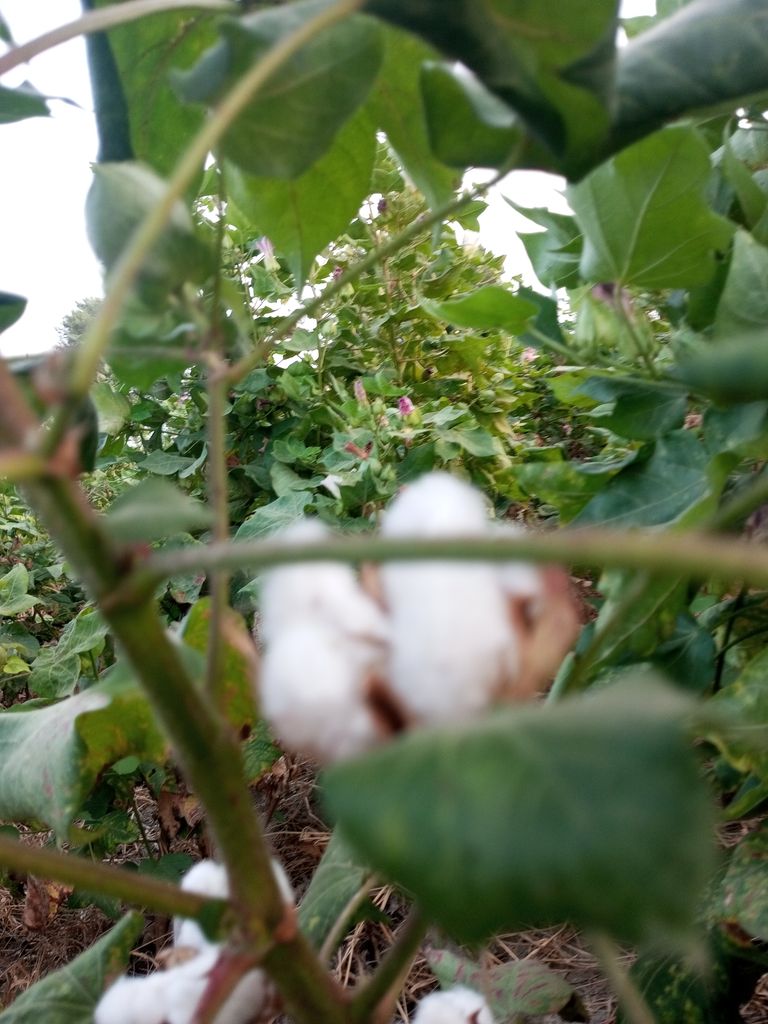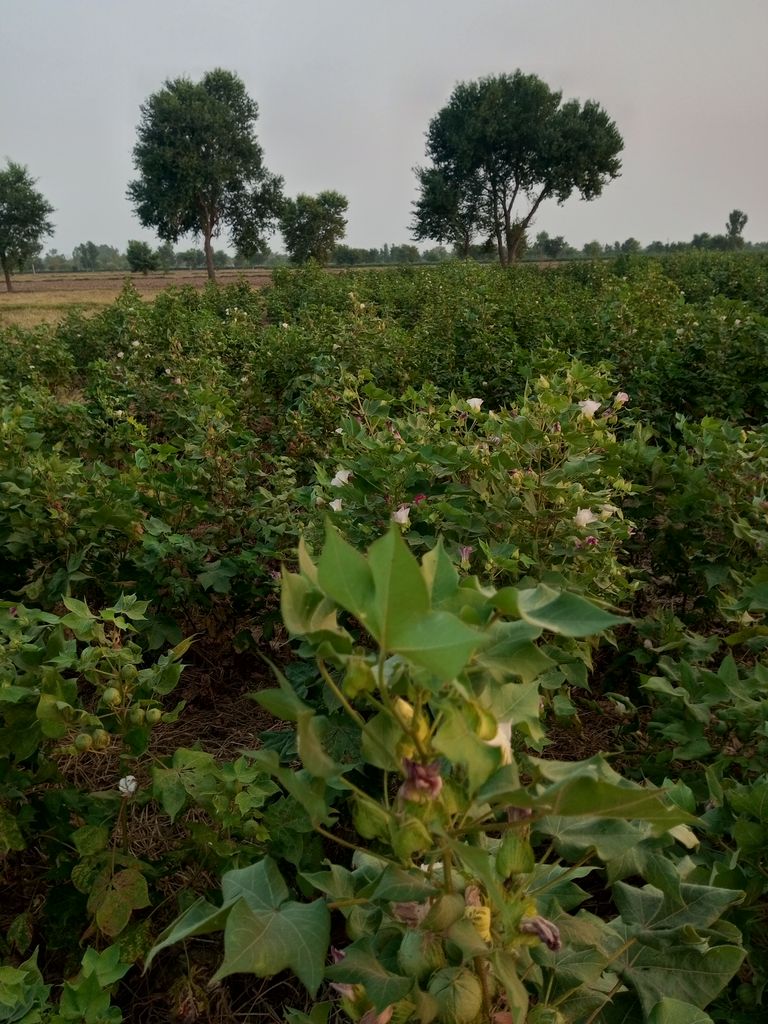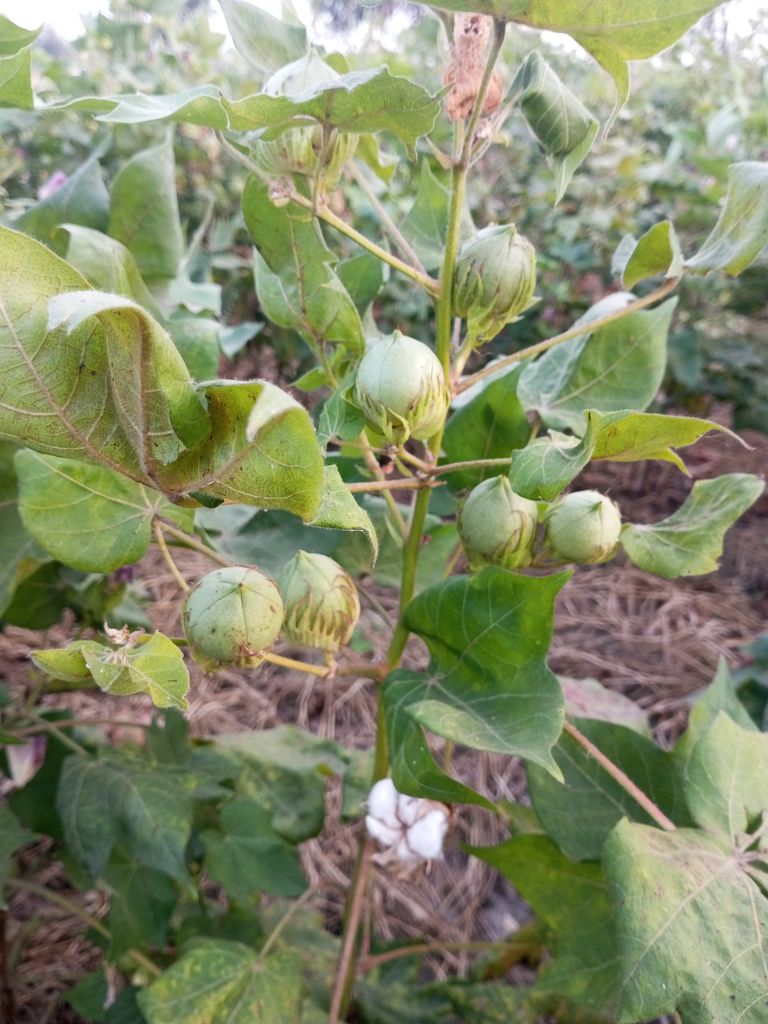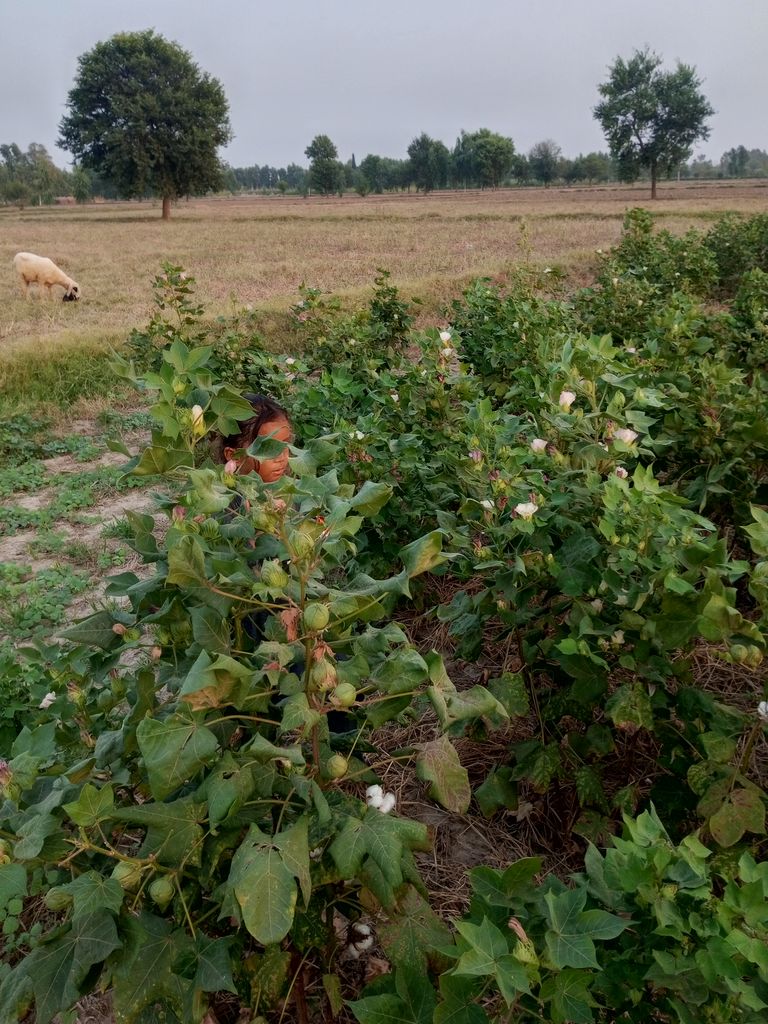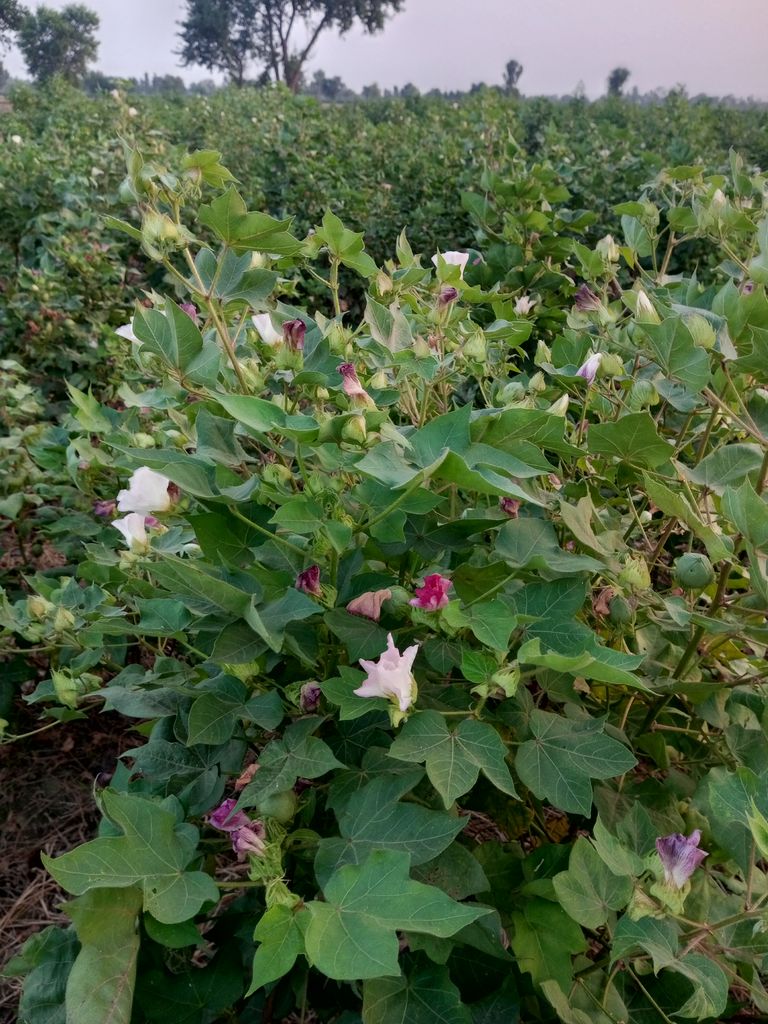Cotton has been a staple crop for centuries, providing raw materials for clothing, bedding, and other textiles. It is the most widely used natural fiber in the world and is grown in over 80 countries. In this article, we will explore the history of cotton cultivation, its importance in the global economy, and the challenges faced by cotton farmers.
History of Cotton Cultivation
Cotton is believed to have originated in India over 5,000 years ago, where it was first cultivated for its soft, fluffy fibers. It was later introduced to Egypt, where it became a major cash crop. Cotton was also grown in the Americas by indigenous peoples long before European colonization.
The invention of the cotton gin in 1793 revolutionized the cotton industry, making it easier and faster to separate fiber from seeds. This led to an explosion in cotton production in the United States, where it became the dominant crop of the southern states.
Today, cotton is grown in many parts of the world, including China, India, the United States, Pakistan, and Uzbekistan. It is a vital crop for many developing countries, providing employment and income for millions of people.
Importance in the Global Economy
According to the International Cotton Advisory Committee, cotton is the world's most important non-food agricultural commodity, with an annual production of around 25 million tons. It is a major export for many countries, with the top five cotton exporters being the United States, India, Brazil, Australia, and Uzbekistan.
Cotton is used in a wide range of products, from clothing and bedding to medical supplies and industrial materials. The global cotton industry is worth billions of dollars and employs millions of people.
Challenges Faced by Cotton Farmers
Despite its importance, cotton farming is not without its challenges. One of the biggest issues facing cotton farmers is the high cost of inputs, including seeds, fertilizers, pesticides, and labor. Cotton is also a water-intensive crop, requiring large amounts of irrigation in many regions.
Cotton farmers are also vulnerable to fluctuations in global market prices, which can be affected by factors such as weather, demand, and trade policies. In recent years, cotton prices have been low due to oversupply and weak demand, leading to financial difficulties for many farmers.
Another challenge facing cotton farming is the environmental impact of production. Cotton is a heavily sprayed crop, with pesticides and insecticides used to control pests and diseases. This can have negative effects on soil health, water quality, and biodiversity. In addition, cotton farming can be a major contributor to greenhouse gas emissions, particularly from the use of synthetic fertilizers.
Sustainable Cotton Farming Practices
To address these challenges, many cotton farmers are turning to more sustainable farming practices. This includes reducing chemical inputs, adopting organic or agroecological farming methods, and using water-efficient irrigation techniques.
One such practice is integrated pest management (IPM), which uses a combination of techniques to control pests and diseases, including natural predators, crop rotation, and resistant varieties. This reduces the need for chemical pesticides and promotes healthier soil and ecosystems.
Another sustainable practice is conservation agriculture, which involves minimal tillage, crop rotation, and cover cropping to improve soil health and reduce erosion. This can also help to reduce water use and increase yields over time.
Certification schemes such as the Better Cotton Initiative (BCI) and Organic Cotton Standard (OCS) provide standards and guidelines for sustainable cotton production, as well as support for farmers to adopt more sustainable practices. These schemes also provide a market for sustainable cotton, helping to increase demand and prices for farmers who adopt these practices.
Conclusion
Cotton is a vital crop for many countries, providing income and employment for millions of people. However, it is not without its challenges, including high input costs, environmental impact, and market volatility. Sustainable farming practices, such as IPM and conservation agriculture, can help to address these challenges and promote more resilient and sustainable cotton production. Certification schemes such as BCI and OCS provide support and market access for farmers who adopt these practices, helping to ensure a more sustainable and equitable cotton industry for the future.

